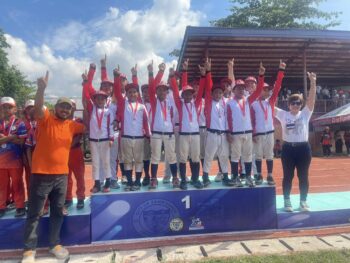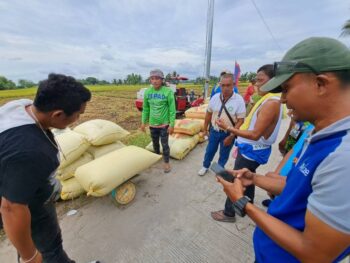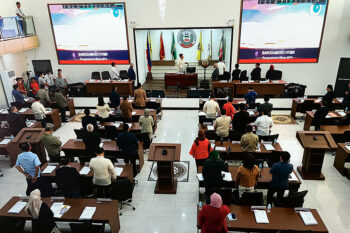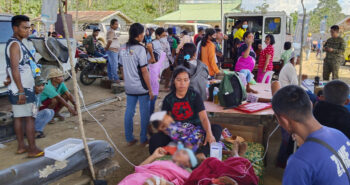DAVAO CITY (MindaNews/16 Nov) — Transitional Justice experts have argued that local, especially informal, justice practices are insufficient by themselves to address the massive human rights violations and atrocities that characterize protracted violence. The risk in this line of thinking is that it assumes that external (usually western) forms of justice are the antidote to the perceived weakness of local cultural mechanisms and institutions. The result is that cultural and alternative justice mechanism are only “allowed” for “low level” atrocities, the “real action” (and funding) for transitional justice falls into a Euro-American model of tribunals and prosecutions.
As I have detailed in the first two essays of this series, understanding the cultural foundations of justice in the Asian context can help us broaden our perspective and find appropriate and contextual frameworks and processes for the implementation of transitional justice and reconciliation (TJR).
As a case in point, the inability of the current Philippine judicial system, (which is modeled off the American system), to produce any sort of meaningful outcome in response to the Ampatuan Massacre (a war crime masquerading as homicide), illustrates the weakness of this assumption. It is not simply a mismatch of the scale of the crime with the process used to address the crime, it is a mismatch of the form of justice used in the local context: a prosecutorial (conflict approach to violence) fails to deal with the wider social impact which requires a relational approach of justice that heals and restores the affected communities.
Acknowledging that traditional cultural and informal mechanisms were developed in situations that were very different from the current reality of modern warfare, it should also be stated that they provided meaningful, flexible and highly nuanced solutions to communal violence in their own right. Thus, the cure for the (perceived) mismatch between traditional cultural justice mechanisms and current transitional justice realities is not to promote the modern and formal (conflict approach) at the expense of the traditional and informal (relational approach). Rather we need to strengthen traditional leaders to bring these cultural justice resources into the process as key stakeholders in an inclusive, relational process that is not simply transitional, but transformative.
A second case in point from a conflict-affected community in Mindanao can illustrate this potentiality. Several indigenous men were in remote area harvesting rattan when they were seen by Philippine army soldiers who suspected them of being insurgents. The men were afraid and tried to run away but they were caught and beaten by the soldiers. Therefore, a complaint was made to the local tribal chief who ordered the local army unit to pay nine horses in restitution – three for each victim – an expensive punishment (and interestingly enough, worth more than the recent payouts for human rights victims of martial law).
When the chief was asked how he decided on the punishment of three horses each, he said one was for the “sakit” – the pain and suffering; one was for the “kalag” – the soul and spirit of the person; one was for the “ulaw” – the shame and social harm caused by the act. In this “traditional” and “informal” judicial process, we see a local expression of the Asian relational approach to justice that has been adapted and modified to fit a modern situation of armed conflict. The tribal customary process – and resulting restitution agreement (which was paid by the local army unit) – reveals a faster, more nuanced, responsive, holistic and satisfying approach to justice (for the local community) than would be found via a conflict approach like the Commission on Human Rights, the uniform code of military justice or the regular court systems.
In fact, the relational paradigm of justice underlying this indigenous approach could be applied far more broadly in the transitional justice process in Mindanao. We would do well to elicit and liberate these kinds of local leadership, knowledges and processes as social resources for transitional justice and reconciliation in the wider regional, and even national, reality. A relational TJR framework that is locally defined could address the “sakit,” the “kalag,” and the “ulaw” in a holistic and responsive process of restoration and honor. This would have the potential to be a transformative process for any and all Filipinos willing to walk the difficult, but necessary, road to reconciliation. MindaViews is the opinion section of MindaNews. Jeremy Simons is a peace worker living in Davao City and can be reached at justpeaceadvocate@gmail.com)







